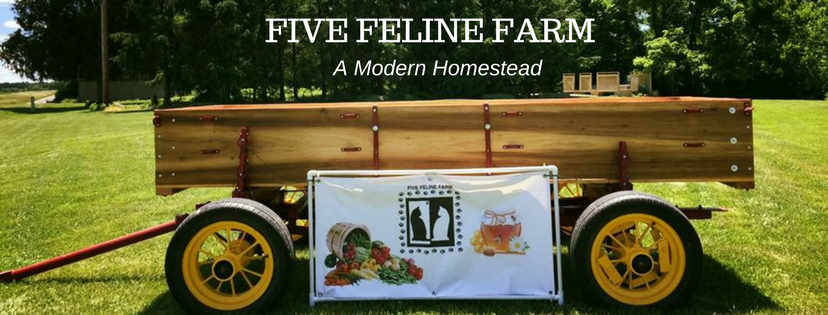Did you know garlic plants provide much more than just the part that is commonly available in grocery stores? It’s true. There is more to this fragrant plant than what comes in the papery bulb.

What Are Garlic Scapes?
Garlic scapes are the tender end of the shoot in hard neck garlic varieties. As the plant grows in springtime, it sends up a shoot that is tender at first and later turns into a flower with bulbils. Those tiny bits of the flower are also edible, but the scape is the newly forming flower with it’s white end and the first 5-6 inches of tender shoot.
When To Harvest.
When the shoot has a whitish end that looks like a bloom is starting to form, the scape is ready. The green part may be curled back on itself forming a curly que at the very top of the garlic plant. Snap off the shoot approximately 4-6 inches below the tip just as you would asparagus. The plant will snap off at it’s tender point.
How To Use.
Now that you have these spring delicacies, it’s time to use them in the kitchen. Scapes taste like garlic. The flavor is lighter than garlic cloves but still clearly garlic. One option is to dice and stir into any dish where you would normally use garlic. Scapes may be sautéed as is and eaten as a vegetable. You can chop it for a garnish on lettuce salad, use to flavor pasta salad, fry with potatoes or use in any dish where garlic will add a complementary flavor.
As an added bonus, snapping off the scapes will divert the plant’s energy into bulb development. So not only does the gardener get a fresh taste of garlic in the spring, the fall harvest will be improved.
If you grow your own garlic, give scapes a try. If you don’t and are in the Charleston area, stop by the 18th Street Farmer’s Market this Saturday and pick up some from us.
If you enjoyed this post, give us a shout out on any of our social media sites: Facebook, Twitter, or Instagram. We love to hear from our followers.



